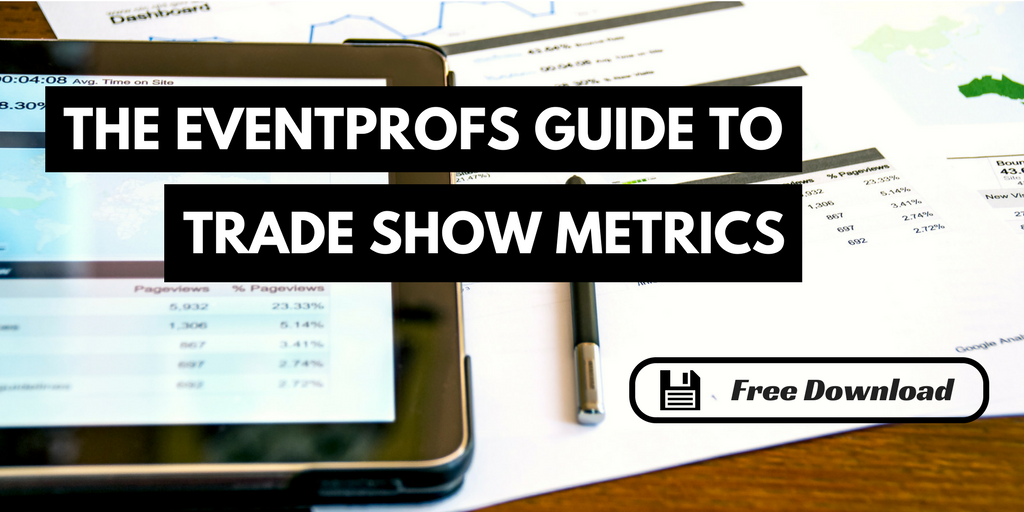Over the last few years, companies have spend large sums of money on events and trade shows. Trade shows and conferences have become increasingly complex. And meetings are an integral part of these campaigns. According to a study, 92% of meeting attendees understand the power of these meetings and how they can impact top-line. But more often than not, meetings at events are not optimized to maximize impact and shorten the sales cycle.
In this blog, we take a look at a few simple meeting hacks that are sure to improve the success rates of meeting at events and improve sales output.
Pre-schedule meetings
This might seem basic, but pre-scheduling meetings are a great way to boost meeting productivity. Why is this so? Pre-scheduled meetings help event professionals gain a clearer picture on the potential sales pipeline that these meetings bring with them.
Pre-scheduled meetings also have higher rates of response and confirmation than other meeting types. They give event professionals time to curate meeting agendas, prepare their pitches, and customize their messages to shorten the sales cycle. Since these meetings are scheduled well in advance, they can facilitate better calendar optimization, reeling in personnel who can further facilitate deal closure. Event professionals who have been chosen to attend these meetings have the time to brainstorm and anticipate the prospect’s requirements and prepare solutions even before they are brought up.
Related: 4 reasons to pre-schedule meetings at events
Frame the agenda
The agenda is probably one of the most important elements in the meeting request. It often dictates if the prospect/customer will accept the meeting request or not. It gives them an idea of the meeting’s purpose, who is going to be attending it, the topics being discussed, and the timeframe they have to address their requirements.
An effective agenda gives prospects a clear idea of the meeting’s importance, who they need to include (influencers, end users, decision makers, etc,.) and what exactly they want to achieve with the product. It is important to specify the format of the meeting and a strict timeline the meeting will adhere to.
Related: 7 B2B meeting types you should be scheduling at events
Review the attendee list
The next step is to review the attendee list. This can say a lot about who is attending the meeting and how to curate pitches and presentations based on that. Firstly, it is always important to understand that attendee designations have a big role to play in the meeting. The ideal way to ensure that the right people are included in the meeting is by matching attendee designations with delegates of similar or higher designations. For example, if the attendee is a VP, the meeting should, at the very least, include one VP to engage with the prospect.
If there are more than one potential influencers or end users of the product, it is crucial to include points on how the product can help every one of them. This will not only help the influencers place the product within their individual use cases, but will greatly push them towards influencing the purchase decisions.
Introduce the ‘parking lot’
Meetings at trade shows are bound to get tedious. In many cases, attendees may bring up topics that stray from the specified point on the agenda. In order to manage these topics, marketers can use a ‘parking lot’ to ensure discussions are kept on point.
There are two functions the parking lot fulfills. Firstly, it keeps the discussion relevant. It is important to know that meetings need to stay on track in order to achieve its purpose. Secondly, the parking lot acknowledges that the prospect has made an interesting point that needs to be revisited. In order to ensure that the parking lot idea is effective, these points need to be followed-up and answered either through meeting notes or through subsequent meetings.
Related: Rediscovering the lost art of productive meetings
Keep it by the clock
The ideal meeting starts on time and ends on time. But not every meeting follows the ideal frame. It is easy to lose track of time and become unfocused. This brings us to possibly the most important aspect of productive meetings – watching the clock.
At the exhibitor’s floor, there are numerous business opportunities that arise, many of which slip through the cracks because of improper time management. While planning meeting agendas, accommodating a buffer for off-topic discussions or for spillovers can greatly help manage time and stick to the timeframe specified. And it is also advisable for presenters to avoid back-to-back commitments on their calendars to avoid mishaps and last minute hiccups.
Successful meetings are the building blocks of every great event campaign. And time is, and needs to be considered an extremely important resource when it comes to events and trade shows. The time spent on meetings needs to be optimized to ensure that these interactions bring about favorable results and reduce the effort taken to close the deal. The points discussed above are but a few important aspects that are sure to set you up for success at events and trade shows. Use them at your next event and let us know what you think in the comments section below.
If you like this blog, check out our free ebook on ‘Tracking and Analyzing Crucial Metrics at Events and Trade Shows.’ Download your copy here:



